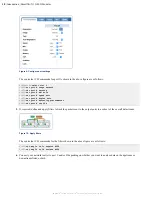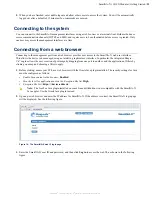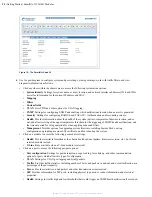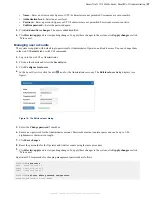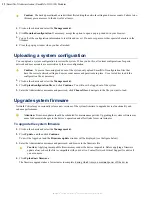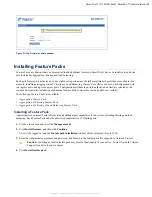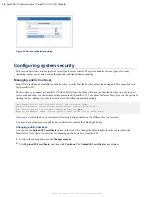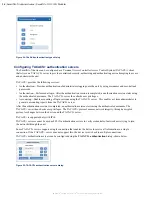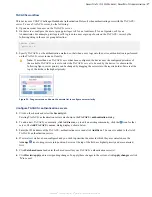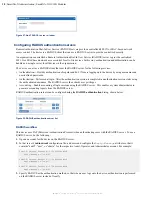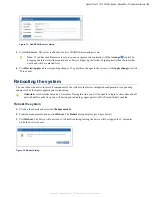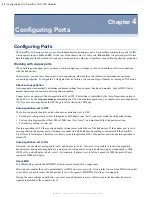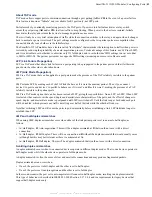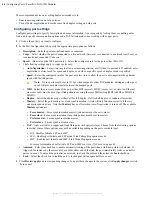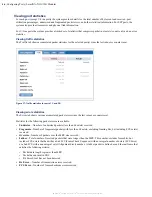
SmartNA-X 1G/10G Modular | SmartNA-X Administration |
31
SmartNA-X
™
1G/10G User Guide 1.4
©
2015 Network Critical Solutions Limited
Figure 20: Saved configurations dialog
3.
Click
Save current configuration
and enter a name for the configuration. Configuration names may contain up to 80
alphanumeric characters plus the underline character (’_’). Spaces are not permitted.
4.
Click
Save
to save the configuration.
The equivalent CLI command for saving the current configuration is as follows:
CONTROLLER>
create settings
filename
Loading a configuration
You can load a configuration from permanent memory to restore ports, maps, filters and SNMP settings to a
previous state. For example, you can restore the system to its factory default settings by loading the
factory_defaults
configuration. You must be an Administrator to restore a configuration.
1.
Click on the chassis and select the
Management
tab.
2.
Click
Saved configurations
. The
Saved configurations
dialog displays with a list of available configurations.
Depending on your system installation, you may have several default configurations that have been pre-installed. For
example, all system have a
factory_defaults
configuration that can be used to reset the system back to its factory
configuration. Other default configurations may exist on your system.
3.
Select the configuration to restore and click the load icon .
4.
Click
Load
to load the configuration and overwrite the current configuration.
Using the CLI to restore a configuration
From the command line, you can restore a configuration from permanent memory using the
create settings
command and
the name of the configuration.
For example, to restore the configuration named
My_SmartNA-X_configuration
, enter the following command:
CONTROLLER>
restore My_SmartNA-X_configuration
applied settings OK
Downloading the system configuration
You can download the system configuration to a text file for backup or transfer to another SmartNA-X device. The
configuration file is a complete backup of the system, and includes network interface settings and user accounts with
passwords removed.


